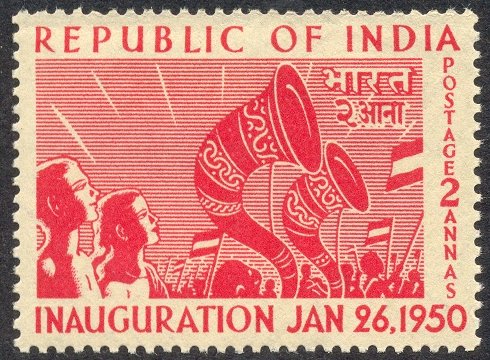Elections are over. The new government is set to arrive. As the Congress party keeps itself frozen on the cusp of change from where it can choose to advance into an acceptance of the changed realities to progress or just fall back into the pit of regression, the postmortem of election results will perhaps be an unending process. While the media and political pundits can spend all their time and efforts in this operation, the Government cannot afford to venture there. After the 2014 victory, the Prime Minister had shared his vision of ‘Minimum Government, Maximum Governance’; the 2019 victory should be a reason for renewed focus on deliverance of this aspirational vision. Keeping this in mind, I have a list of preliminary expectations from my government of 2019. This is not exhaustive and I might add to it as we move ahead in the year.
A separate budget for the agriculture sector
This can help in better allocation of resources for the necessary reforms in agriculture and help improve the implementation of government projects. Agriculture is the primary source of livelihood for about 58 per cent of India’s population. Gross Value Added by agriculture, forestry and fishing is estimated at INR 18.53 trillion (US$ 271.00 billion) in FY18. Considering that and the kind of loan waivers each party has to announce every election season, the demand for a separate budget holds ground.
Reward good citizens
Rewarding good citizens can encourage a change in how citizens contribute to nation building. Citizens, who segregate waste, pay their loans in time, do not use plastic, follow traffic rules should get incentives with better interest rates on loans, better benefits on retirement, subsidized payments on insurance schemes etc. This can bring about a big shift in how we engage the electorate post the election season.
Invest in government schools and higher education institutions
A major failure of independent India has been its unwillingness and inability to bring up the standard of education in government schools. It is time that these schools accept the competition from their private counterparts and deliver the best in class education to their students. This competition will also substantially bring down the cost of quality education for Indian students. The monopoly of private players on cost of education will break.
Invest in government hospitals
Most of the patients wanting admission in a hospital of AIIMS have to wait for a good number of months, in some cases, a year to get their turn. Not having any way, patients take to private hospitals and clinics. In additional to the disease itself, the high costs break the patients and their families, both financially and psychologically. The government needs to invest big in structural reforms for its hospitals. Once again, the government must accept the challenge posed by the private counterparts. If that is not possible, a public-private partnership should be explored.
Establish better centers of education and healthcare in industrial belts and other neglected areas
While such areas earn huge revenues for the country, the state of most of these places remains miserable when it comes to education and healthcare. The industrial belts of India need their favor returned so that while citizens brave the not-so-comfortable lives, they can at least avail better healthcare services and send their kids to schools that are on par with any school from the urban centers of the country. All aspirants should have access to a benchmarked quality of education.
Encourage cancer research in the country through better facilities, improved funding, and enactment of research friendly laws
While celebrities and politicians can afford to skip levels and travel to other countries for their treatment, the common mass of the country has to make do with whatever is available in our country. While we have some good centers for cancer in the country, the waiting queues at such centers paint a gloomy picture of our patient to doctor ratio. Official data only corroborates this picture. By 2014, we had only about 1000 trained oncologists in the country and the ratio of oncologist to patient stood at 1:2000. This ratio in US is 1:100. Modi 2.0 should understand what creates this stark and disappointing difference and work towards better cancer research and training in our country. (Source)
Curb corruption in government institutions
Why should a Member of Parliament get priority over a common citizen for admission to the AIIMS? Why should the street hawkers must pay daily hafta to the Police to keep running their business? Why must the village mukhiya be paid INR 500 for the LPG cylinder which is coming free of cost from the government? There are a lot of low hanging fruits to pluck when it comes to corruption in government institutions. My government must be up to the task without losing any time.
Judicial reforms to deliver justice, in time
Indian courts have about three crore cases pending between them. Case AST/1/1800 of the Calcutta High Court was filed in the year 1800. The last hearing date was 20 November 2018. Appointment of Judges, insufficient number of courts, archaic laws are the areas I would like my government to look into.
Resettle Kashmiri Hindus in Kashmir valley
The ethnic cleansing of Kashmiri Hindus carried out in the valley remains a blot on the democratic ethos of independent India. The government must carry out this task with the seriousness it deserves.
Societal harmony as pet project
No blame games here. The law must take its own course but I believe that much like Swachh Bharat Abhiyan, societal harmony should become a pet project of our Prime Minister. He should avail all the platforms available to drive the message of unity, harmony, and peace throughout the country. It may not deter the criminals as such but might just prevent the conversion of an otherwise reasonable individual into a hate machine.


